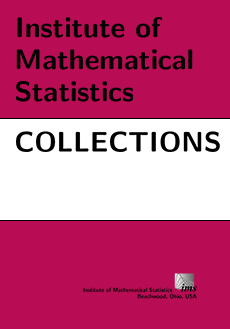Abstract
The U.S. Census Bureau provides an estimate of the true population as a supplement to the basic census numbers. This estimate is constructed from data in a post-censal survey. The overall procedure is referred to as dual system estimation. Dual system estimation is designed to produce revised estimates at all levels of geography, via a synthetic estimation procedure.
We design three alternative formulas for dual system estimation and investigate the differences in area estimates produced as a result of using those formulas. The primary target of this exercise is to better understand the nature of the homogeneity assumptions involved in dual system estimation and their consequences when used for the enumeration data that occurs in an actual large scale application like the Census. (Assumptions of this nature are sometimes collectively referred to as the “synthetic assumption” for dual system estimation.)
The specific focus of our study is the treatment of the category of census counts referred to as imputations in dual system estimation. Our results show the degree to which varying treatment of these imputation counts can result in differences in population estimates for local areas such as states or counties.
Information
Digital Object Identifier: 10.1214/193940307000000400


